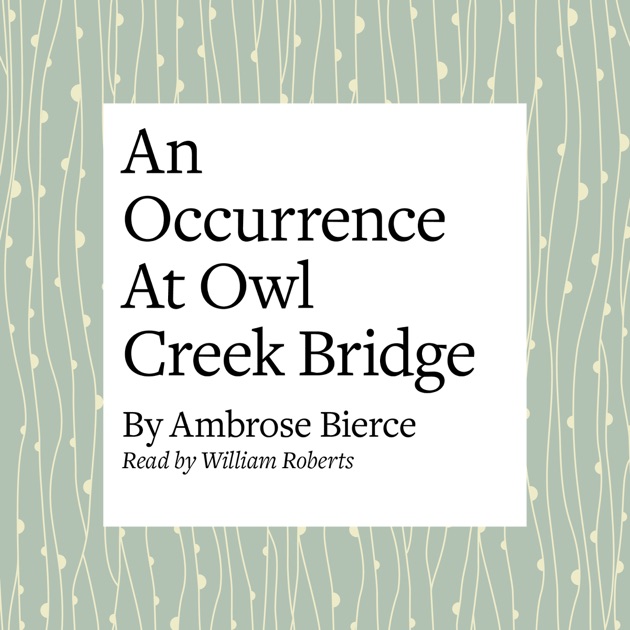


He wants to fight in the Confederate Army but can’t for reasons that are not made clear to the reader. Farquhar is a secessionist devoted to the Southern cause. In Part 2, the reader meets a man named Peyton Farquhar, who is a planter from, the narrator says, a “highly respected Alabama family” (8). While he is thinking these things, the captain nods to the sergeant, and the sergeant steps off the plank. He believes he can avoid the bullets and swim to the far bank. The man thinks of escaping by freeing his hands and jumping into the water. Adding to this distraction is a sound that “he could neither ignore nor understand, a sharp, distinct, metallic percussion like the stroke of a blacksmith’s hammer upon the anvil” (7). He is distracted by the scene around him. He tries to think of his wife and children, but he can’t. The man decides to close his eyes in preparation for death. It is rigged to fall when the weight is removed. The man is standing on a plank held up by the weight of the sergeant. The narrator describes him as having “a kindly expression which one would hardly have expected in one whose neck was in the hemp” (6). He is good-looking and from his dress seems to be a planter. The reader learns that the man being hanged is about 35 and a civilian.


No one is moving except the men on the bridge. Other soldiers watch the hanging from a hillside leading to the river below. At the ends of the bridge are soldiers assigned to prevent anyone from crossing. Standing behind him, the narrator says, are “his executioners-two private soldiers of the Federal army” and their commander (4). Part 1 begins with an unnamed man about to be hanged from a railroad bridge, which readers later learn is the Owl Creek Bridge in northern Alabama. For a moment in Part 3, however, Bierce switches to present tense. “An Occurrence at Owl Creek Bridge” is written in three parts in the third-person past tense. The story is in the public domain and can also be accessed online for free. This study guide cites the edition of the story found in the 2009 e-book The Floating Press.


 0 kommentar(er)
0 kommentar(er)
